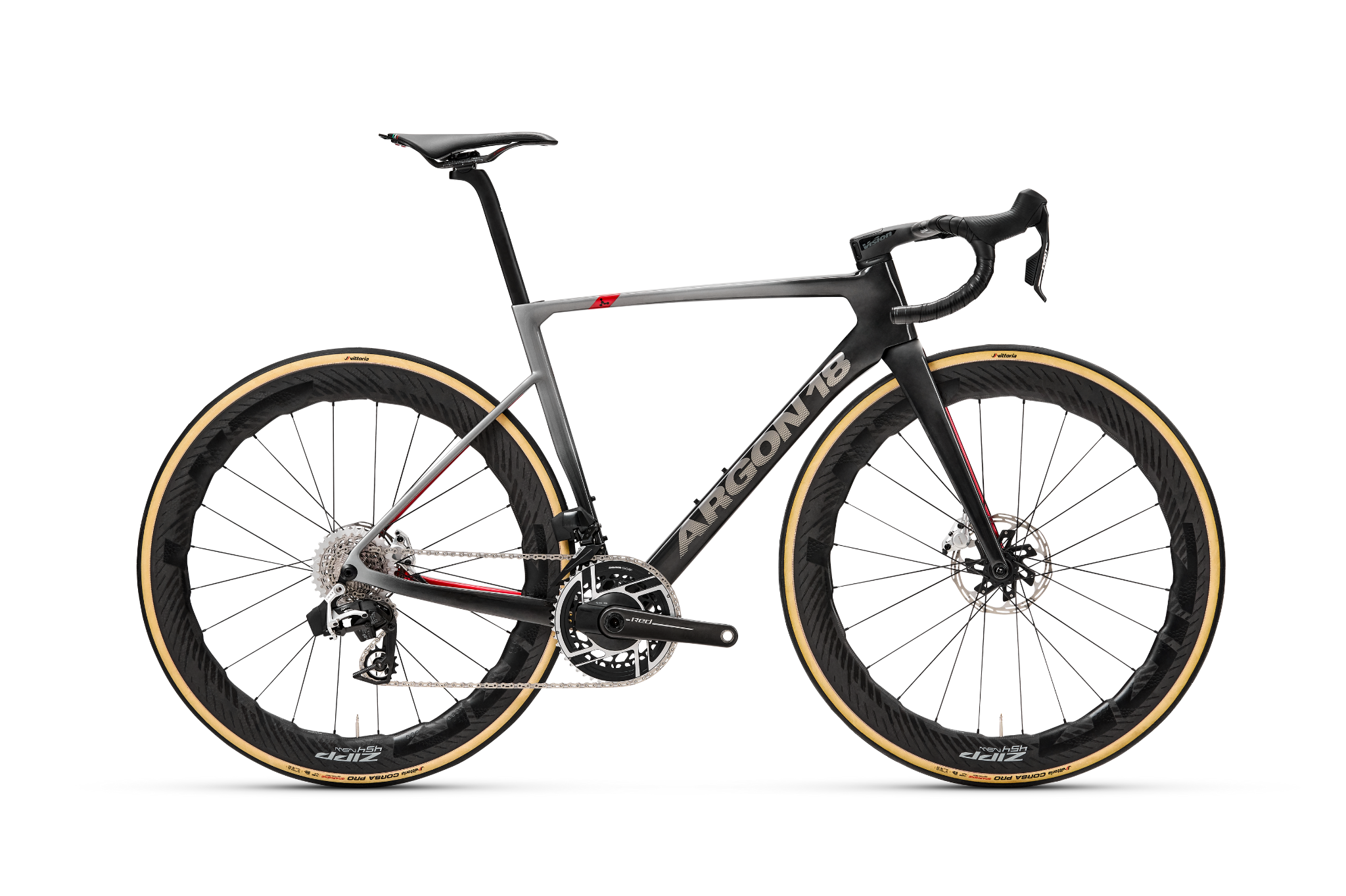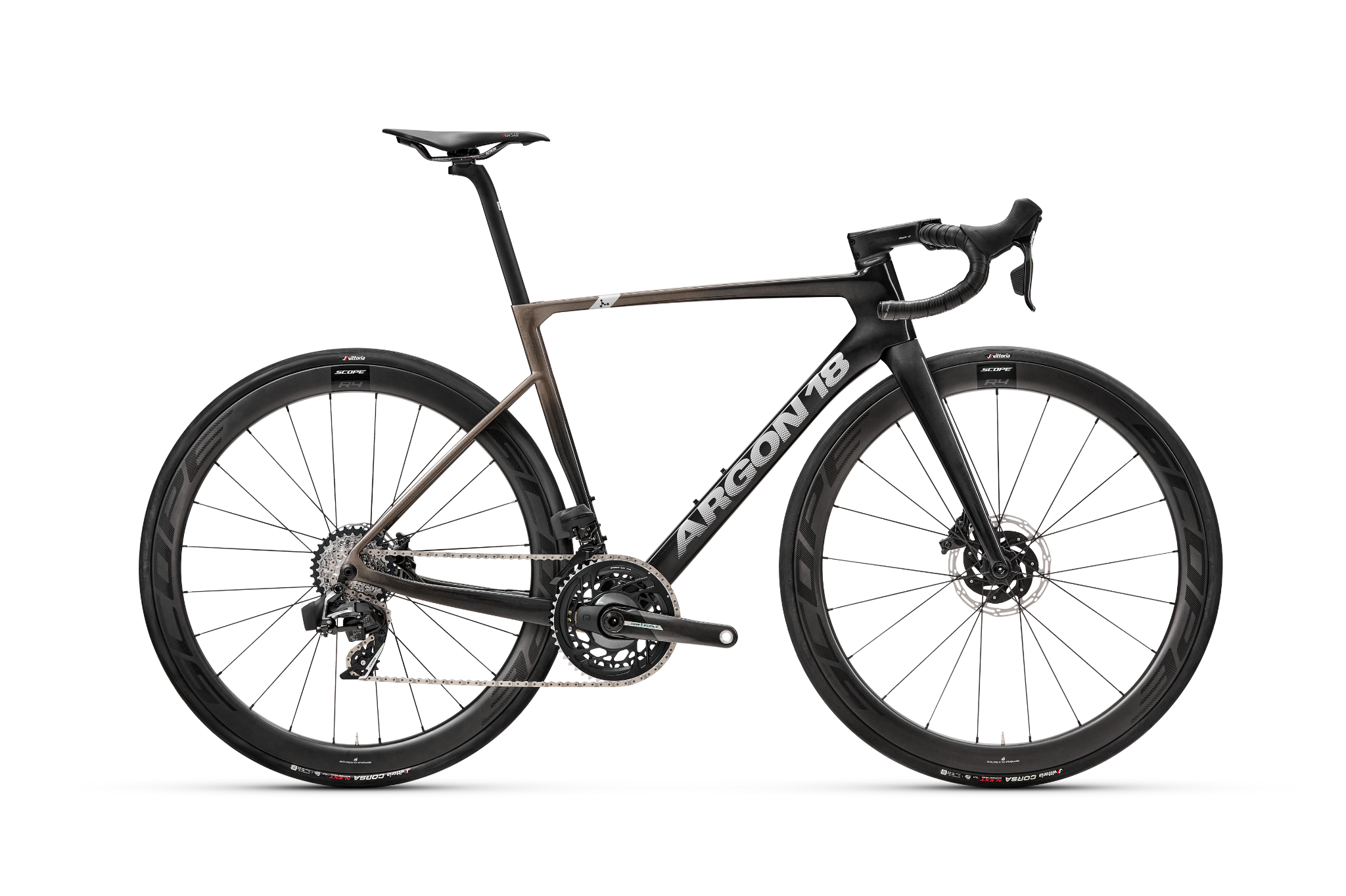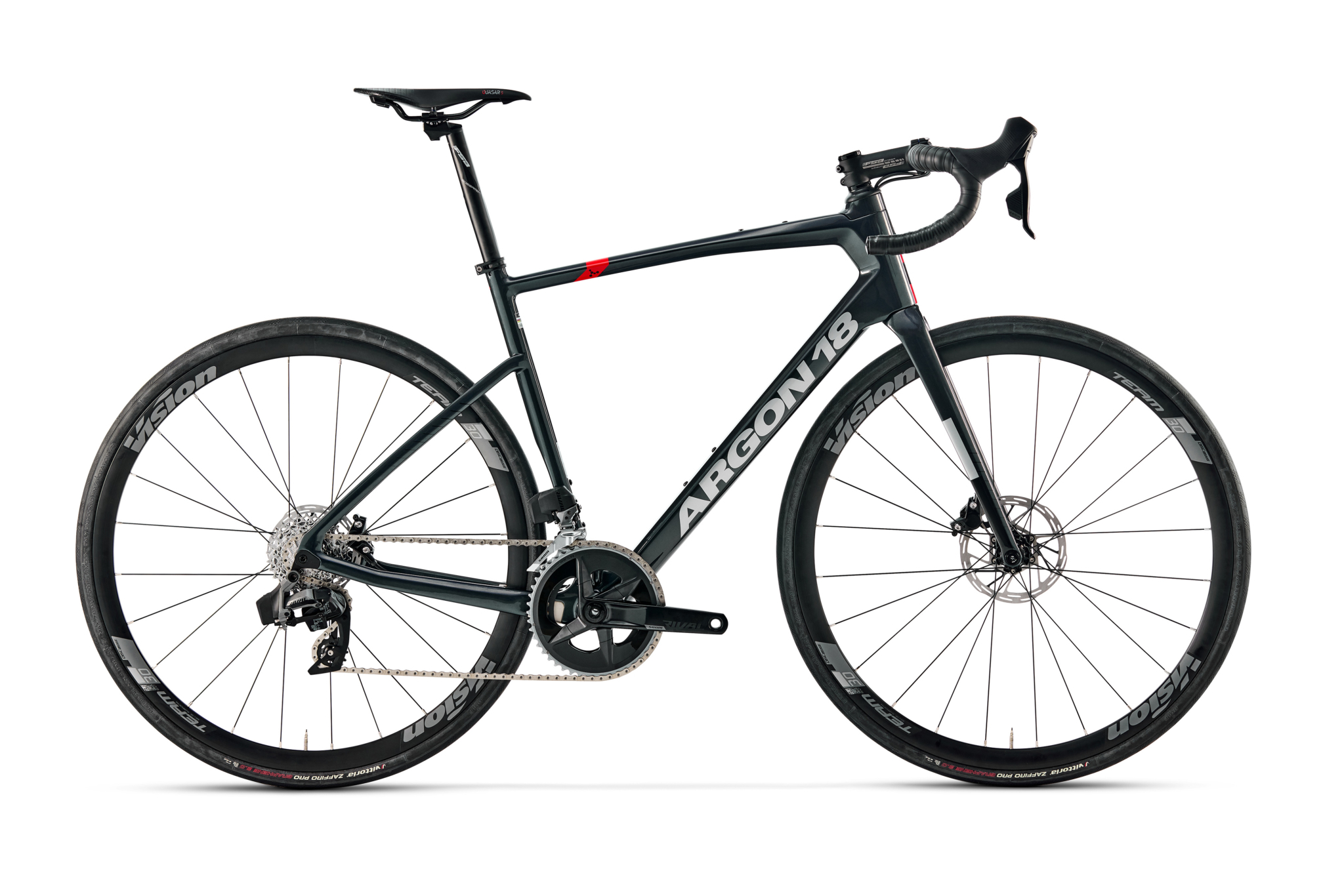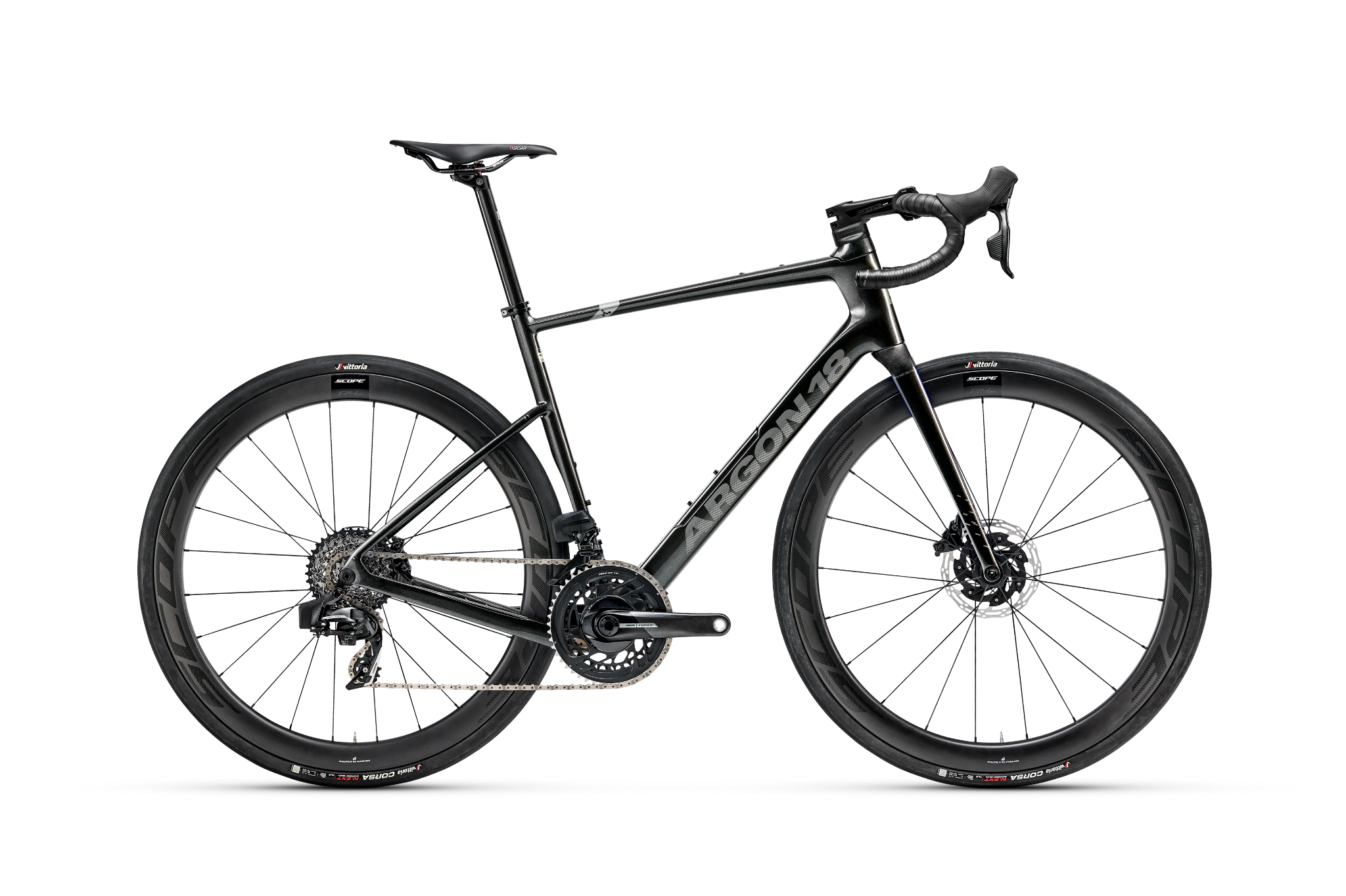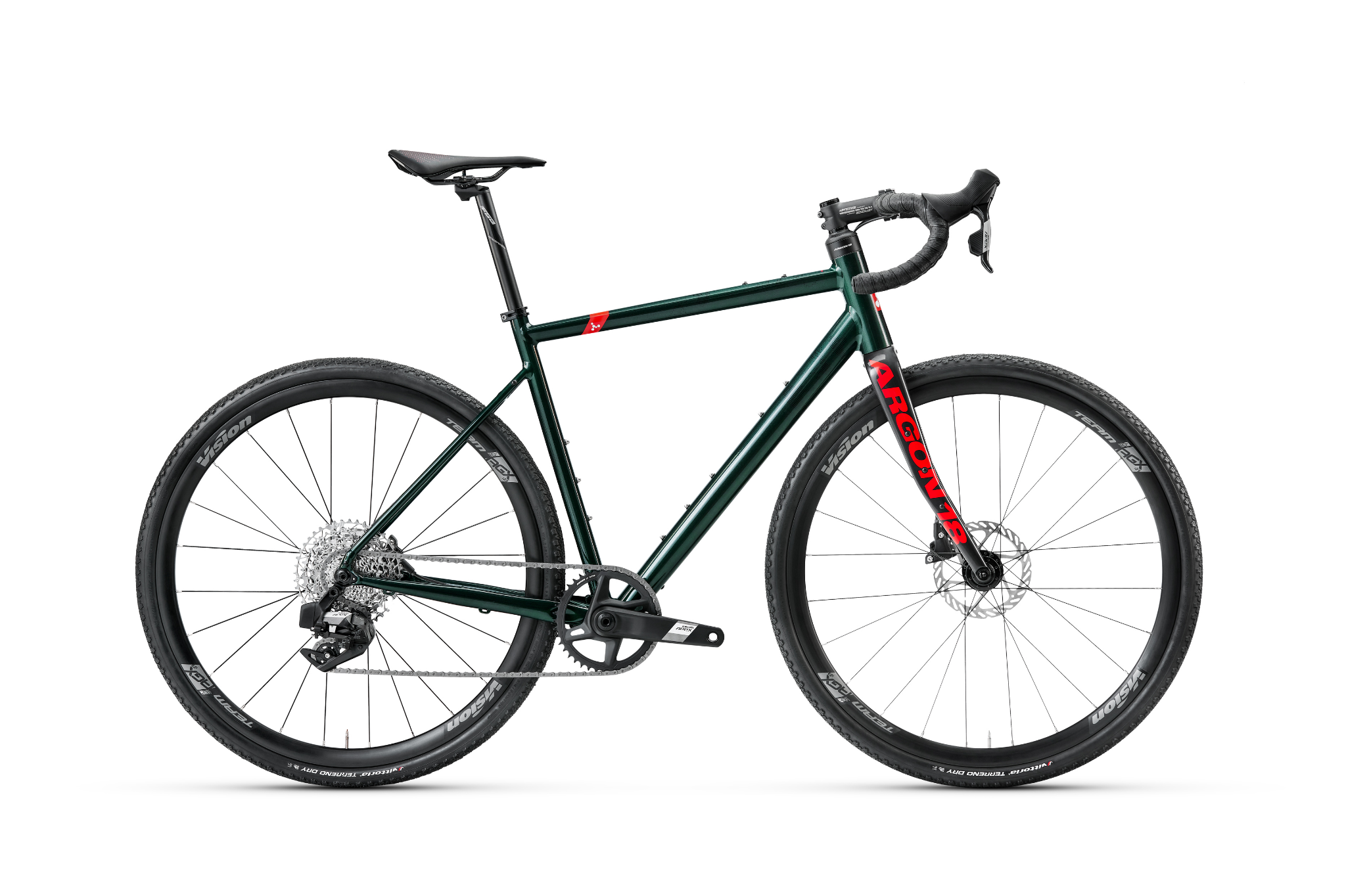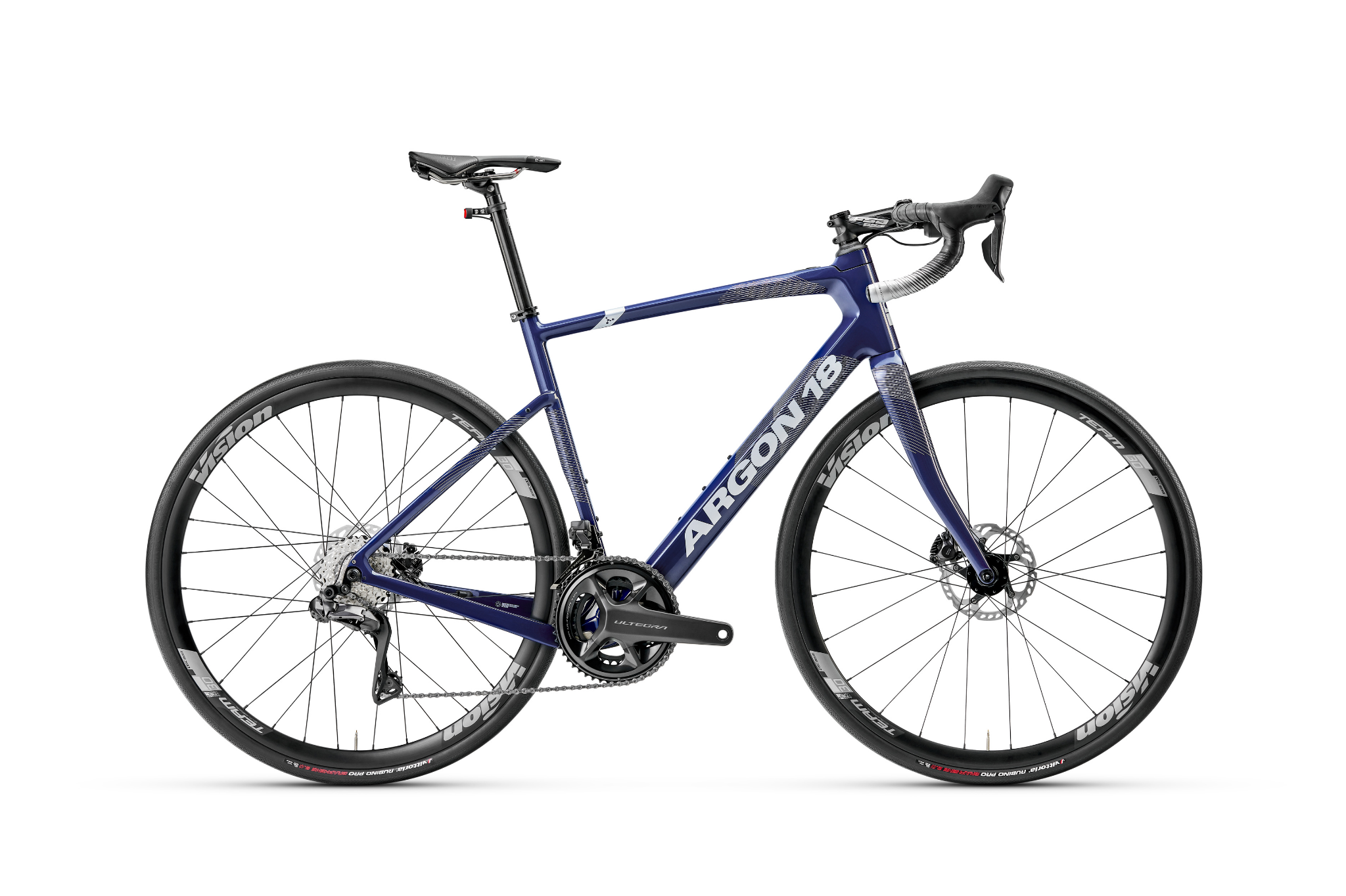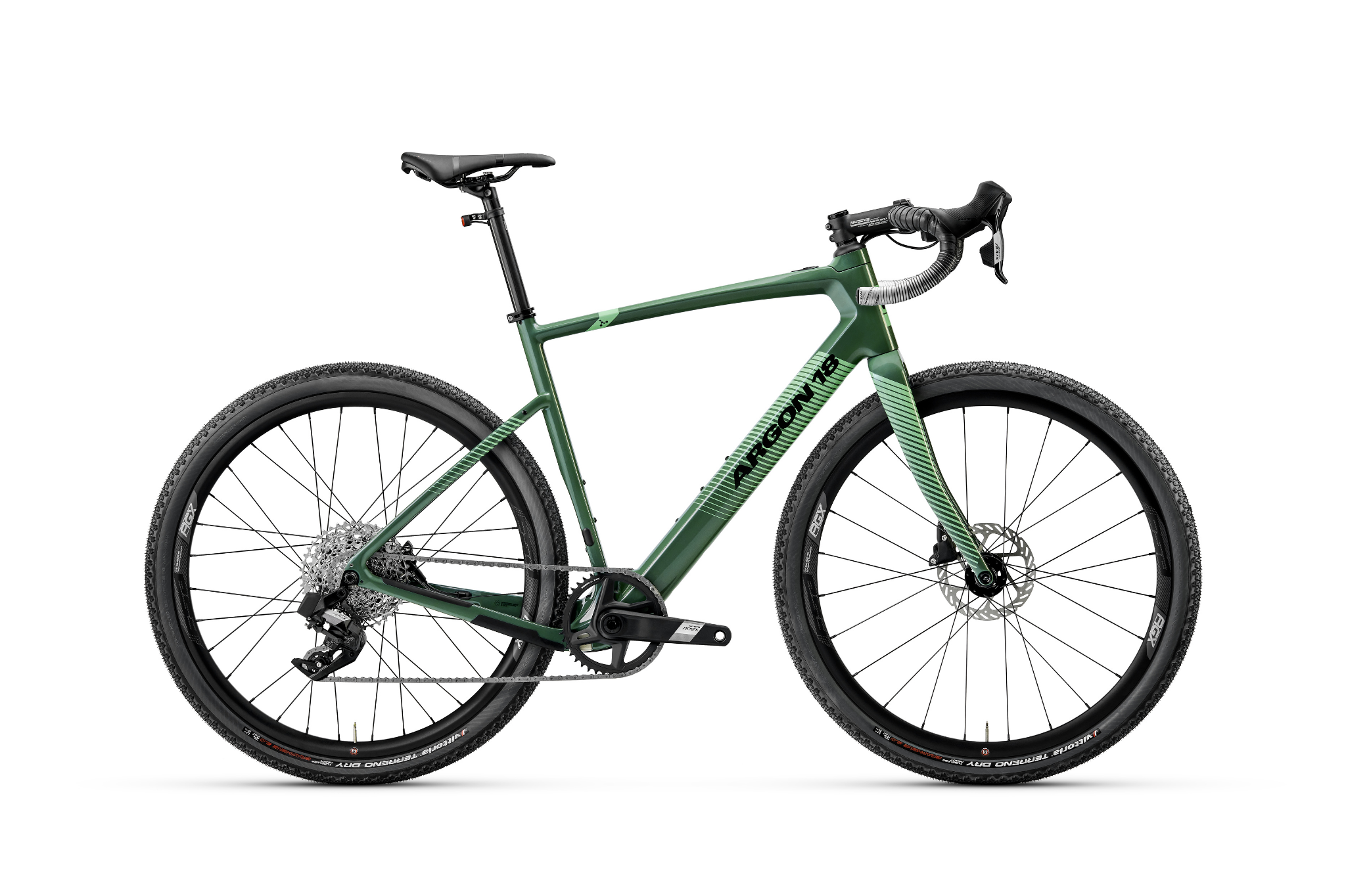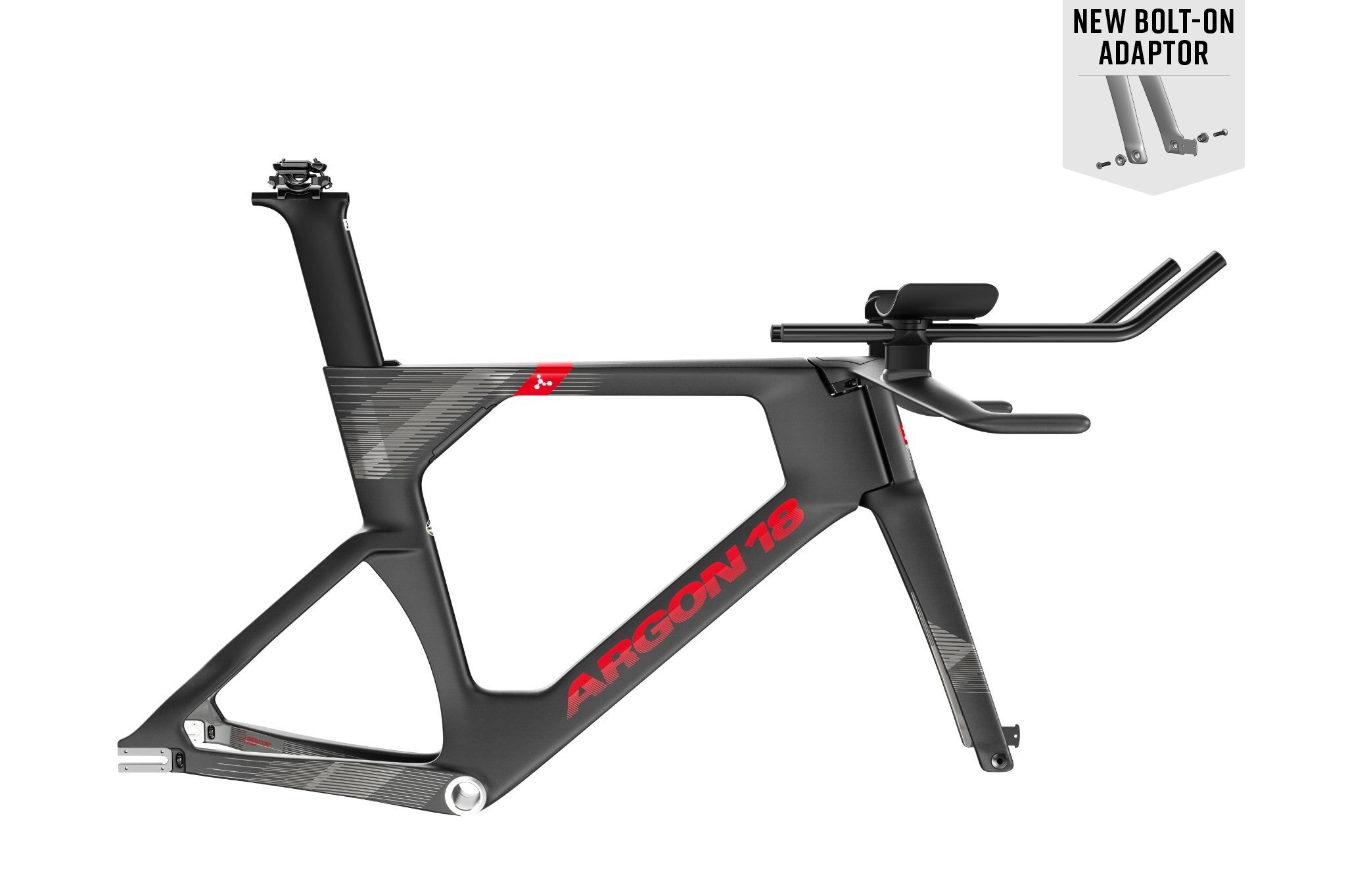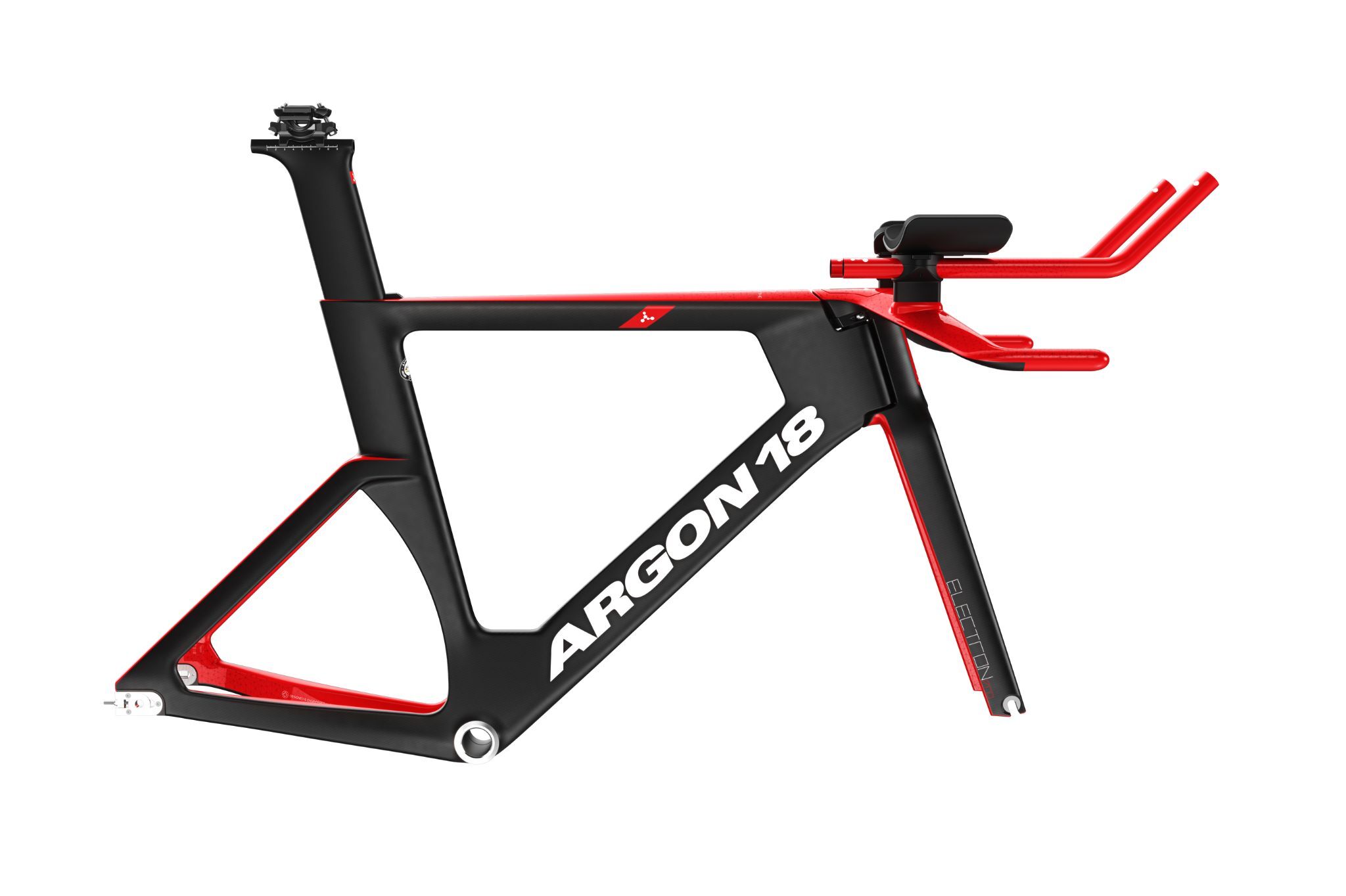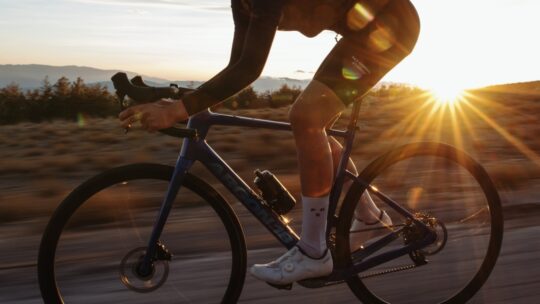First Ride: Mark Beaumont on the new Argon 18 Krypton
Mark Beaumont spoke with us about the development of the new Krypton, and taking it to the UCI World Gravel Series in Scotland.

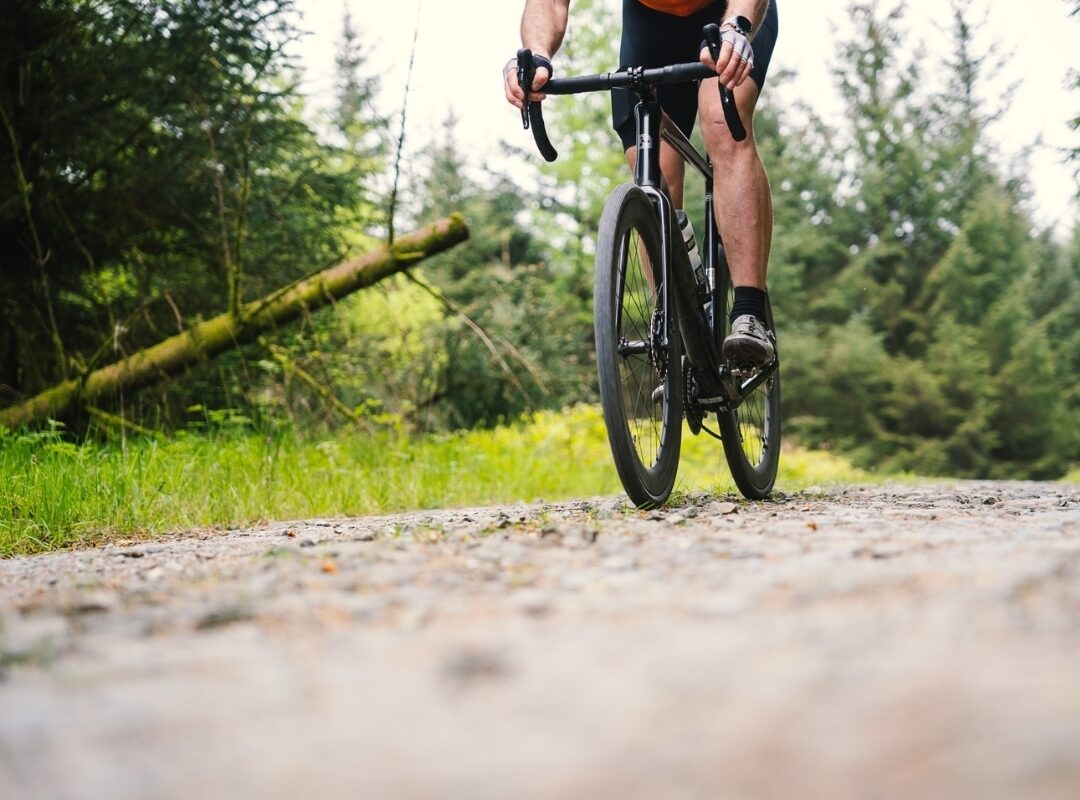
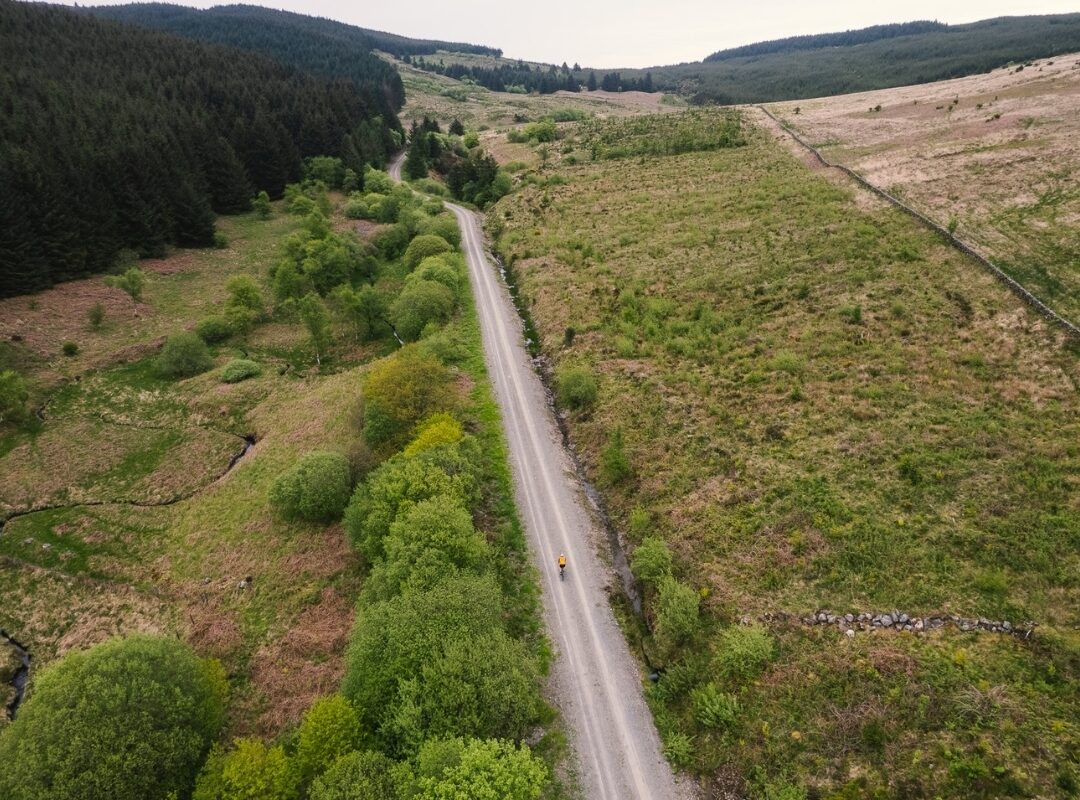
Argon 18: You’ve been involved in the development of this bike for quite some time. What were your first impressions of the final product?
Mark Beaumont: I should start by saying this is the first time I’ve had personal input into the design of a bike. I’m really proud to have been part of it. I’ve seen this bike on the page, as a 3D printed model, and now I’ve seen the bike in the flesh. It was two-year journey from ideas on the page to having the bike in front of me. But I should add that I was teased with the bike for two months – I was sent the first frameset in the UK to showcase as part of a two-month speaking tour … in size small (I’m 6’3”). So, for two months I only got to look at it. It really was a tease, to not be able to ride it!
When the XL frame arrived, my first impression was that it looked absolutely stunning. I’ve got the charcoal colour – with that finish it looks really stealth, very understated. In the context of the Argon 18 lineup, having ridden the previous Krypton, this looks totally different. The front end really jumps out: it has the hourglass headtube you also see on the Sum, there’s a thinner, racier fork, and the downtube is very different because of the in-frame toolkit. There’s obviously a very serious evolution in design. It looks like a race bike – there’s no big oversize frame, even though it obviously has gravel and all-road capability.
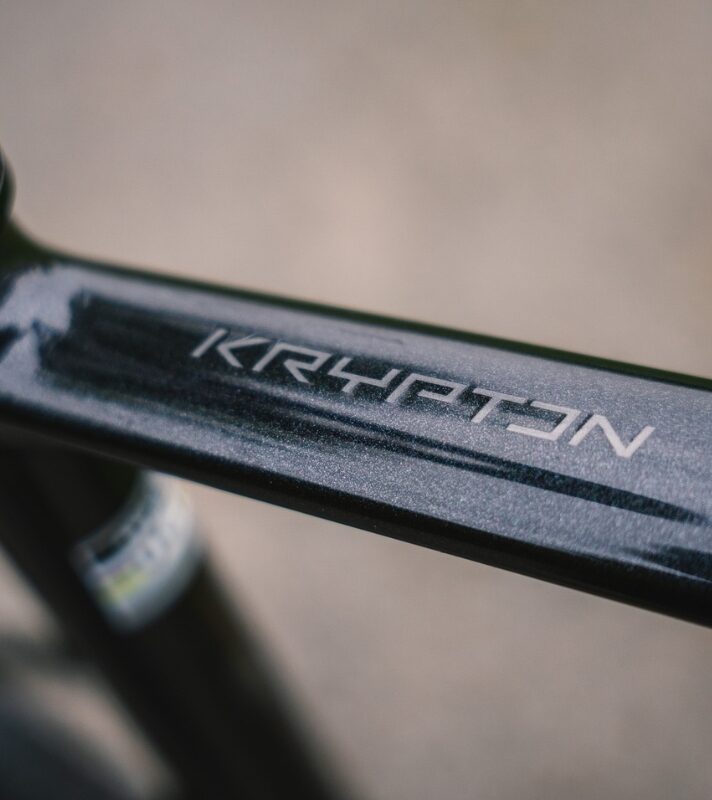
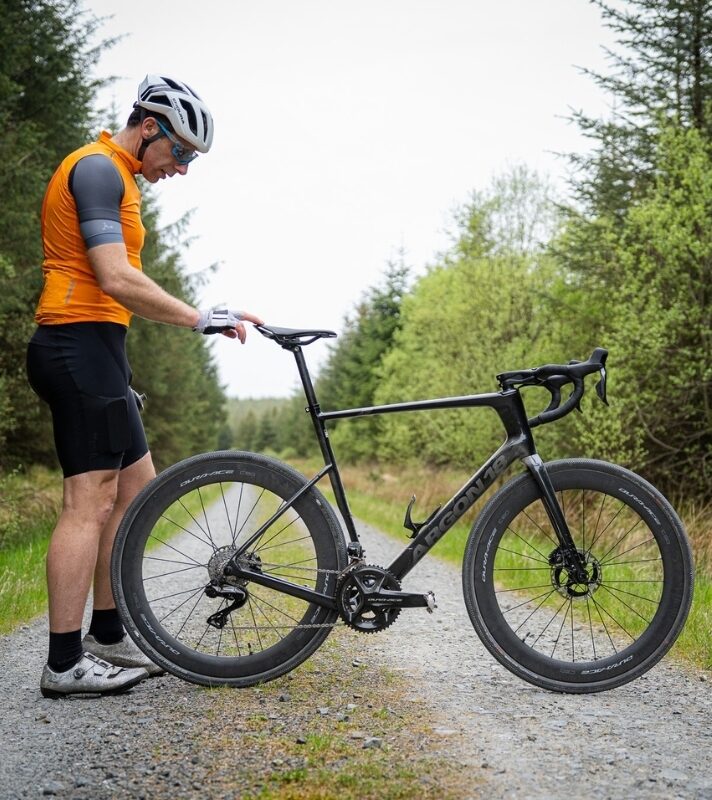
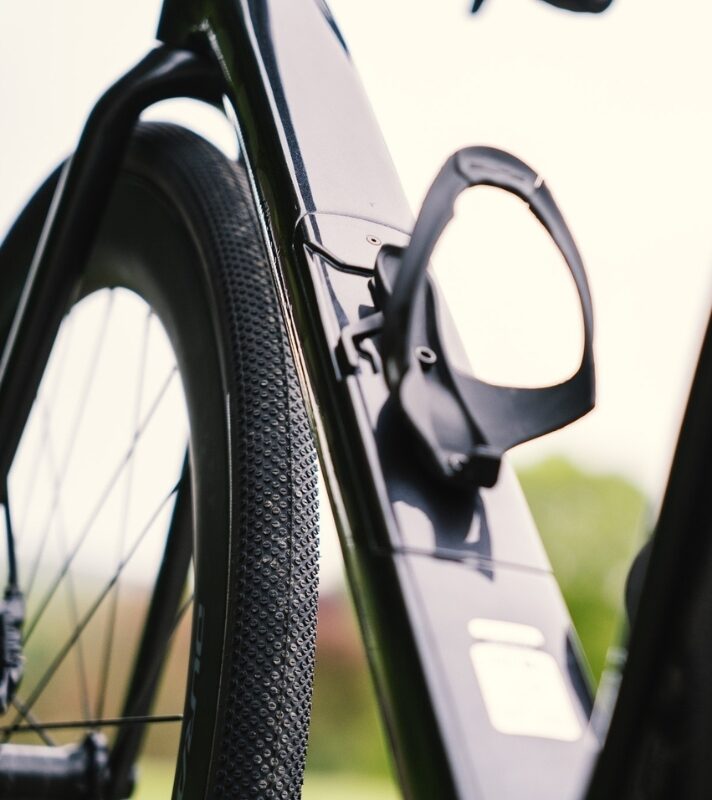

A18: What was it like to work with the Argon 18 design team?
MB: When I first met the design team, they were halfway through the process and had a very clear idea of what the target rider was looking for: a wide range of road surfaces and a wide range of challenges to tackle. The challenge for us was, could we come up with a high-performance bike without compromising the ability, simply put, to do lots of things.
It was a massive learning curve for me to be involved in the design of a bike, and for Argon 18 it was the first time they brought someone into the design process. I often felt like I was an artist in a room of scientists. I had my real-life experience, all these anecdotal, experiential stories, so I was coming in with a description, or a feeling, or a dream about what the bike could be, and they were trying to write a formula for it. I felt like we had a process of translation going on: they would have to translate the dream into a practical representation of tube shapes and angles, and take a very analytical approach to my artistic one.
I think the major thing that I helped contribute is what you’ll feel in the front end of the bike. I was really strong on the fact that the bike needed to be really agile. It had to be agile out of the saddle, had to corner well. This could be an ultra-endurance bike but could also be on a crit course, so it had to be both nimble and as stable as possible. It’s not just a machine to slog out big miles. I wanted it to be fun to ride. It had to offer comfort to go far, but with a high-performance edge.
One other interesting part of the design process that’s worth highlighting is the fact that I was very much against the toolkit. I knew it was designed to be a functional bike, but it had to look sleek and desirable – not like a Swiss army knife. I thought the toolkit was going to be gimmicky, I thought it would not wear well. I was really against it. I think the team took that as a challenge to make it look sleek. I’m really impressed now with how it turned out. It’s practically hidden behind the water bottle once it’s in place, and the team came up with a robust closing mechanism that has been stress-tested to death. But I’ll admit, it took a good two and a half months for me to decide it was a good idea. It was actually really nice to be convinced in the end.
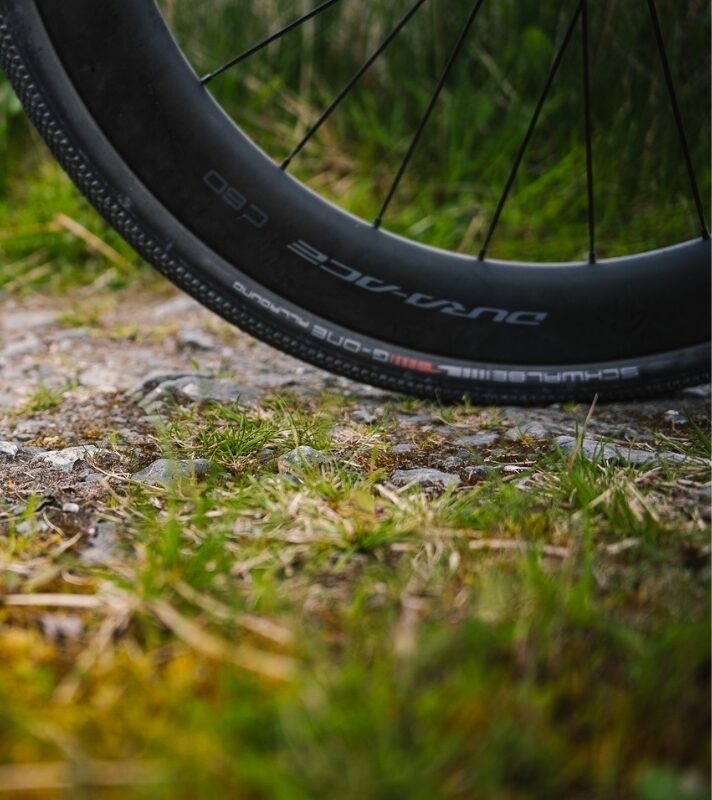
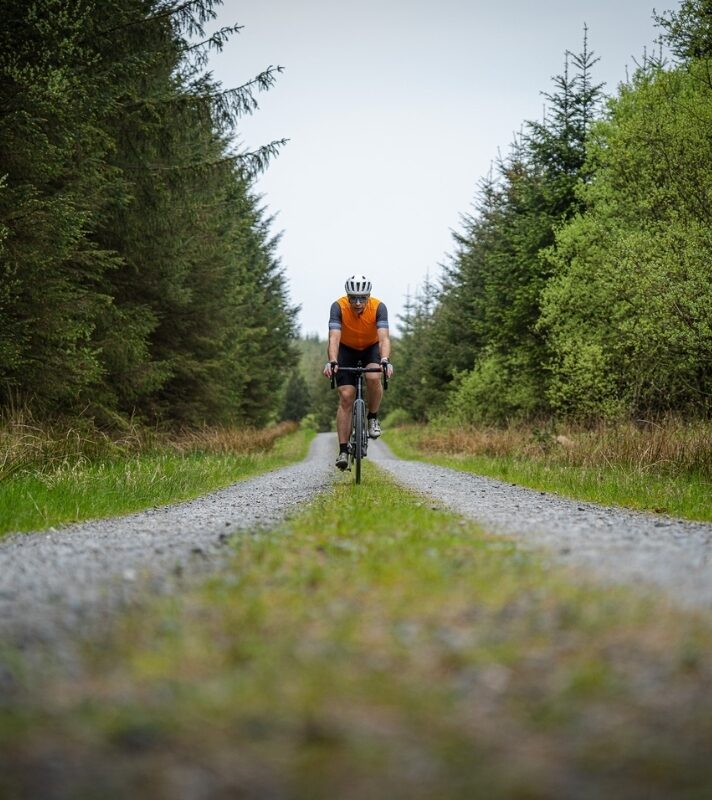
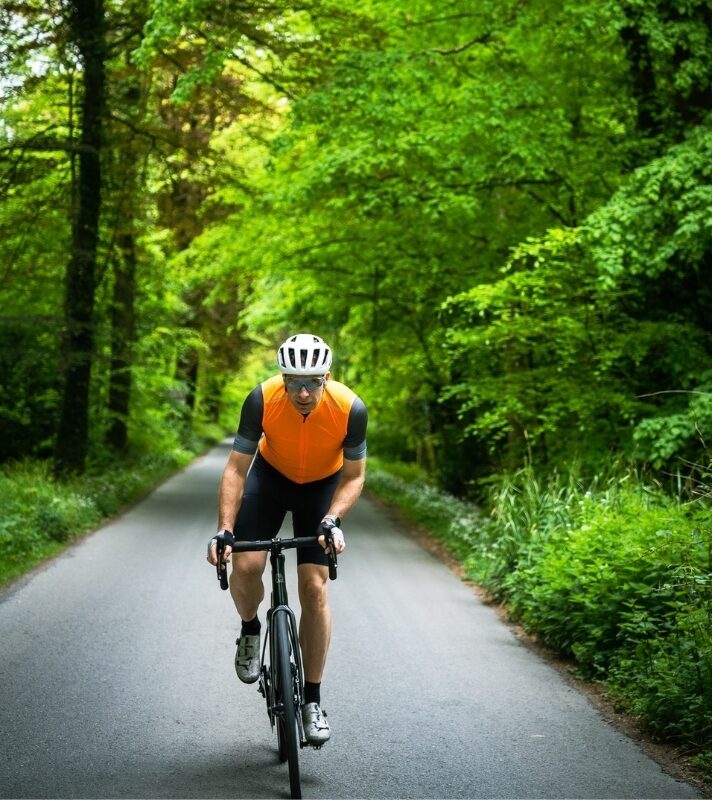
A18: Now for the real test… how was the first ride?
MB: I was recently invited to support the media ahead of the UCI World Gravel Series in Scotland, aka The Gralloch. The race saw over 1000 racers, both amateur and pro, taking on 68 miles (113km) of dry, fast, forest trails on Galloway. The eventual winners were Tiffany Cromwell and Connor Swift in a star-studded pack that attracted pros from road and triathlon. Along with my friend and media man Markus Stitz, we arrived in the host town of Gatehouse of Fleet for the Friday night in time to join the on-stage build-up, with interviews from the pros.
Having ridden the new Krypton for a few weeks with 28mm road tires, I thought this was the perfect opportunity to switch for 35mm gravel tires and head into the offroad.
The Krypton is perfectly capable of riding the kind of courses found in the UCI World Gravel series. Equipped with a 12-speed Di2 groupset and C60 wheels, I can hardly imagine a better bike for a ride on such fast, rolling, dusty terrain. With more media duties and wanting to enjoy the course at a more enjoyable pace, Markus and I left at dawn to test the Krypton and I was absolutely delighted to have the trails to myself for a blissful few hours before the racing began.
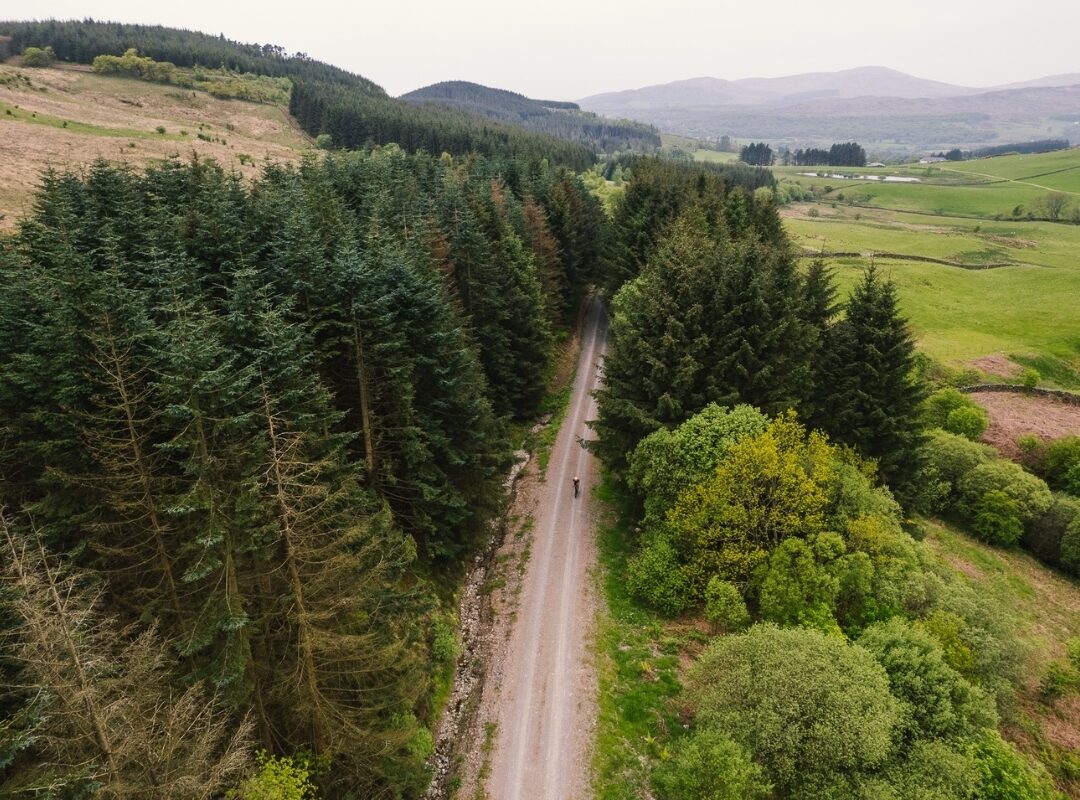
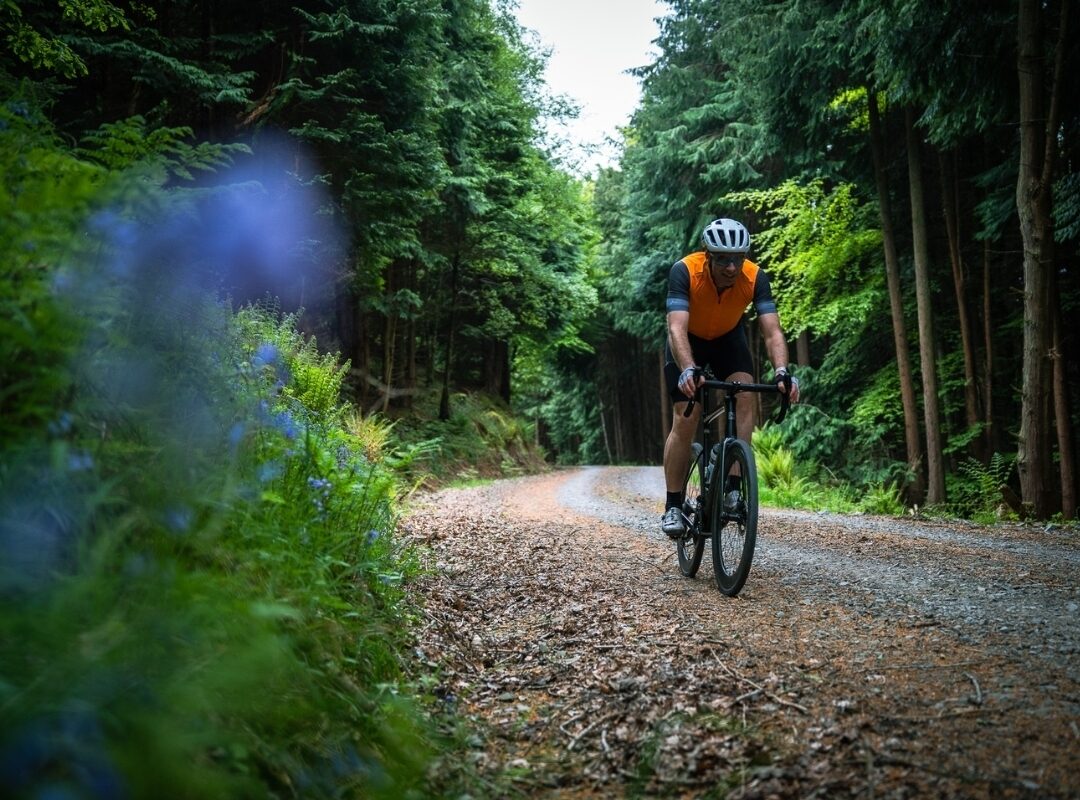
My first impression was as I hit the gravel on a 6km climb. Loose and relentless, I was impressed by the handling and feeling of lightness. Taking race-geometry bikes into tricky terrain often gives a skittish feel, but on the Krypton, I was impressed with how composed it felt, even as I pushed hard. But it was the descents that really stood out. The Krypton felt fast, really exact on the cornering, and made me smile all the way back to the finish line, just in time to watch the pros take to the start line.
I look forward to many more gravel miles on the new Krypton and will be heading to the Austrian Alpes in a few weeks to really put it to the test.



